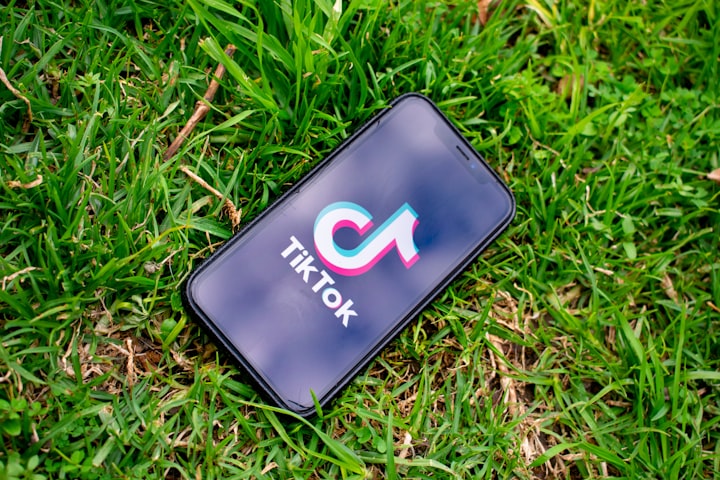Why Women Should Switch To Organic Menstrual Hygiene?
Is organic worth it?

No, today is not International Menstrual Hygiene Day. Then why am I talking about menstrual hygiene? Because our menstruation cycle doesn't visit us once or twice a year but sticks with us 24-7, like that annoying high school friend. This makes it an essential topic that needs constant attention. From our dietary habits to our stress levels, everything about us affects our cycle, even the things we use for our hygiene down there.
But are they genuinely fit for us? Some women tend to use cloth pads or reusable pads as they are affordable and do not produce a large amount of waste and honestly I appreciate their economical and environmental thought. However, consuming such products for a more extended duration increases the chances of infections and can cause short term problems like rashes, redness, unpleasant odor, etc.
Then come women who use tampoons and disposable sanitary napkins. While these products reduce the chances of rashes, foul odor, and infections, they are typically produced of harmful chemicals that can cause severe vaginal health issues. Moreover, tampons and sanitary napkins remain a vast source of non-biodegradable waste.
Lastly are women who find a mid-way and start using menstrual cups. Though this is assumed to represent a more sensible solution, constant use of menstrual cups can cause irritation and develop toxins in the genital area. Moreover, menstrual cups control the blood flow which might affect your cycle in the future.
Hence what should we do? Allow our fancy pants and pretty dress get stained? Absolutely not. The suitable way is to switch to organic menstrual care. Why? Your average nonorganic pad takes around 500 to 800 years to decompose. However, using such products for a longer duration increases the chances of infections and can cause short term problems like rashes, redness, bad odor, etc.
They may not be wholly plastic but there is a considerable quantity of the same. And I guess I don't need to tell you what plastic does to our body and our environment. Then what makes organic products different?
Sanitary pads, tampons, and other menstrual hygiene products that have a plant-based top cover usually derived from corn, bamboo, wood, banana, jute pulp, or cellulose are considered organic. These products are free from harmful substances like plastics, chlorine, latex, rayon, and dyes. This makes them biodegradable and fully compostable. Moreover, the constant use of organic menstrual care products has significant benefits for our health -
- These products contain a sheet of cellulose that helps keep you dry for longer hours and prevent any chances of infections.
- The soft plant-based cover of the products is gentle around your gentiles and keeps you free from rashes and itchiness.
- Organic products are manufactured from substances that are free from contamination, therefore keeping your reproductive parts safe from severe health issues.
- Habitual use of these chemical-free products minimizes your chance of suffering from cervical cancer, miscarriages, and UTIs.
Then why are organic pads and tampons unpopular. The reason represents a lack of education and access. A lot of women do not know about these cruelty-free substitutes and those who do does not know where to find them. There are a lot of brands that have a range of organic menstrual hygiene products, like PeeSafe, Saathi, Purganics, Soch, Carmesi, Everteen, to name a few. The range is completely organic and biodegradable and does not burden one's pockets.
The arrival of biodegradable and organic menstrual hygiene products has marked a new beginning for the women. It is what the environment and we needed. Switching to an organic product will not cause you discomfort but will add more care and wellness to your menstrual hygiene regime.
About the Creator
Ahana Says!
Hey Fellow Earthling!
Hope you are keeping safe.
Let me quickly take you through the blend here:
1. Lots and lots of info around green living
2. A handful of stuff about Tech, UX and Product
2. Pinch of other stuff
Interested?






Comments
There are no comments for this story
Be the first to respond and start the conversation.